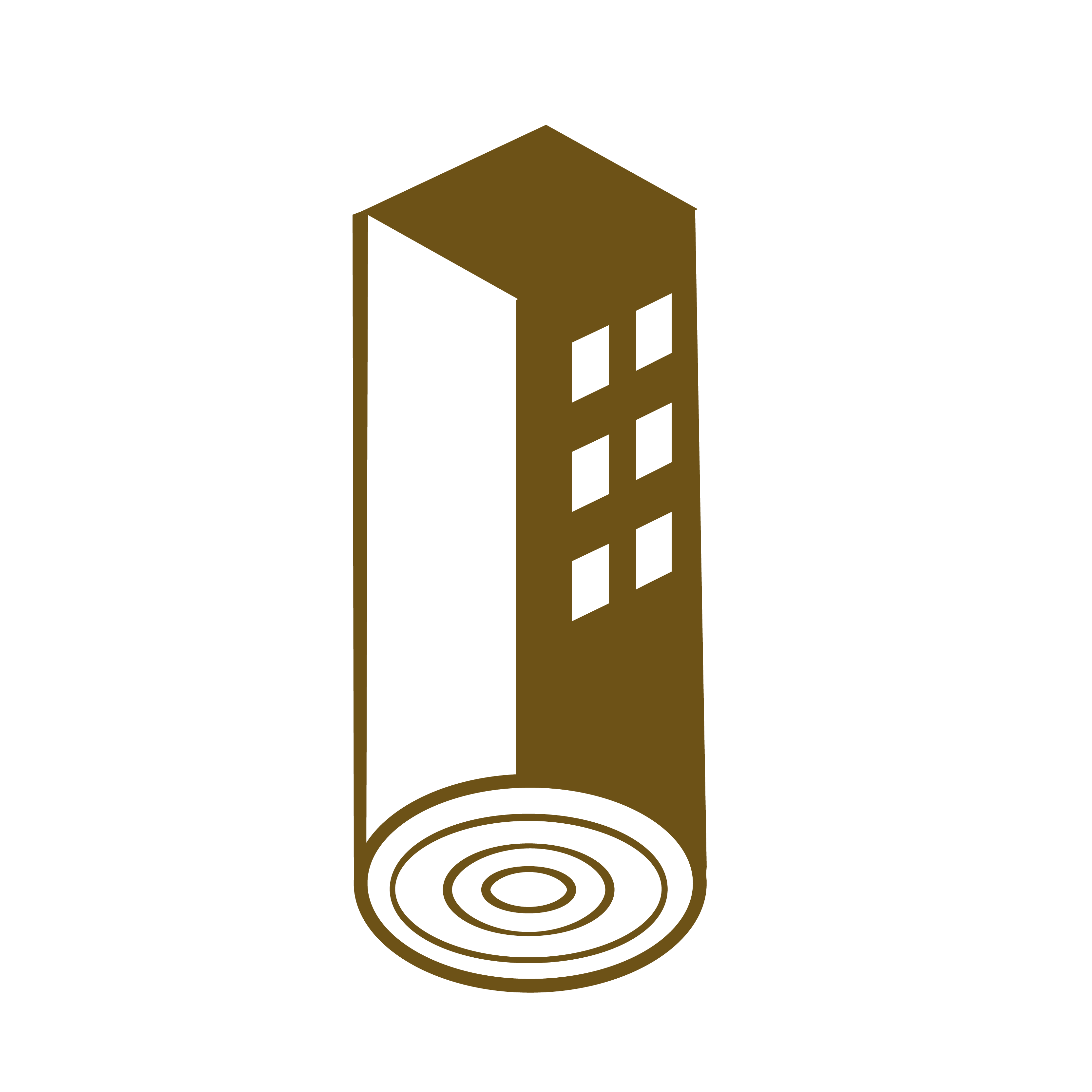Wah Ha Estate is converted from the historical Chai Wan Factory Estate (CWFE), which was granted Grade II Historic Building status by Antiquities Advisory Board. The conversion was announced in 2012 by the Chief Executive of the HKSAR as a short term measure to increase and expedite public housing supply. The conversion was completed in 2016, providing 187 flats on five domestic floors with the ground floor designated for commercial, courtyard, display area, car park and estate management facilities.
Green Features


Site Aspects
- Expansion of urban greenery by providing over 40% soft landscaping coverage
- Installation of green roof to combat heat island effects
- Reduce lighting pollution to the surrounding


Materials Aspects
- Reuse of more than 70% existing foundation and building structural elements which reduced waste generation and nuisance during construction
- More than 20% of external surfaces work is made from recycled material
- More than 60% of construction waste is recycled


Energy Use
- Application of Passive Design to respond to the Hong Kong local climate for enhancing human comfort and reducing energy consumption
- Domestic flats and common areas are designed for natural ventilation
- Application of two-level lighting control in common corridors and lift lobbies to reduce more than 60% lighting energy consumption


Water Use
- Water conservation in gardening by adopting rainwater harvesting and drip irrigation system to save more than 80% irrigation water consumption
- Application of water efficient devices to reduce annual water saving of more than 20%


Indoor Environmental Quality
- Eco-wells to enhance natural ventilation and introduce daylight into domestic flats
- Redesign of the existing ramps with gentle stairs and skylight to encourage exercises & healthy lifestyle, and induce daylight for better indoor quality
- Achieve Indoor Air Quality (IAQ) Objectives “Good” Class Standard
- Avoid excessive vibration from building services equipment


Innovations and Additions
- Fire Engineering Approach to Retain Existing Structure
The conventional way of building upgrade may involve thickening of concrete cover by spraying new concrete or similar material to achieve the current requirements of fire safety. However, this requires large amount of new materials and extensive labour force is expected.
In view of the above, we adopted an alternative approach of fire engineering by means of fire resistance test to assess the strength of existing concrete slabs. The original H-shape appearance of the building and about 70% of the building structure were retained, which have significantly reduced the demolition and re-construction of floor slabs.
- People-oriented Design Approach – Interaction with the Community
We adopt a people-oriented approach in delivery of this conversion project. We invited the ex-tenants and stakeholders to join the community engagement workshop. We incorporated their views and memories in the design process. In particular, a display area was setup to display the artifacts salvaged during building clearance, which include movable type printing machine and wardrobes, wooden carved chests, furniture, toys, daily supplies company signage, etc.
- Twin Water Tanks
Provision of twin water tanks for both potable and flushing water systems to ensure continuous water supply even during maintenance.
Story
CWFE was constructed in June 1959. It is the last H-shaped factory building remained in Hong Kong, with an area of 0.4 hectare located in close proximity to the MTR station and surrounding industrial buildings. For the purpose of enhancing public awareness of heritage conservation and sustainable housing development, the existing industrial building was retained for adaptive re-use as Public Rental Housing.
“How to provide a sustainable living environment from a derelict Grade II Historic Building located within an industrial area which is subject to severe noise pollution from nearby industrial buildings and transportation facilities, and at the same time, to maximise the development potential of the site as well as to conserve the historical values of this 60 years old architecture?” is the biggest challenge of this project.














